Come checkout the top organic fertilizers to achieve a vibrant, healthy lawn while promoting soil health, sustainability, and an eco-friendly yard including tips for homemade products and much more.
Best Organic Lawn Fertilizers for Healthy Grass
With the rise of awareness for eco-friendly lawn care, homeowners are leaning towards organic lawn fertilizers. Although they work differently from traditional synthetic fertilizers, these organic products have better long-term benefits.
If you’re looking for healthy grass solutions, you can’t avoid fertilization. It promotes soil health, lush lawns, and a healthier ecosystem.
As a homeowner interested in sustainable lawn care practices, here’s a guide that explores the best natural fertilizers to achieve your goals.
Understanding Organic Lawn Fertilizers

So, what are organic fertilizers, and how are they helpful to your lawn?
Organic fertilizers are products of animal or plant matter containing natural lawn nutrients, so they enrich the soil and work from the roots upward.
Unlike harmful chemicals, these sustainable fertilizers release nutrients slowly to produce a steady supply over a long period. This slow release builds soil structure, helps with moisture retention, and creates an environment for strong root growth.
Author’s Note: Check out our post How Often to Fertilize Your Lawn for a complete lawn fertilization timing guide!
Now that you’ve seen organic lawn care basics, let’s dig deeper into its benefits.
Key Benefits of Choosing Organic Fertilizers Over Synthetic
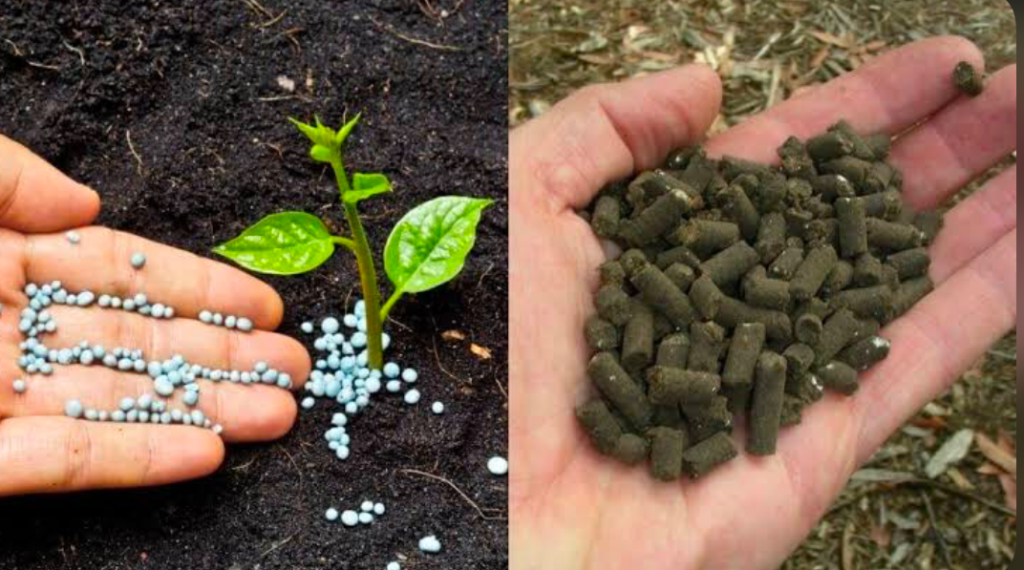
There are common misconceptions about sustainable lawn practices being stressful, but the benefits exceed the challenges. Here’s a comparison table highlighting eco-friendly lawn benefits compared to synthetic practices.
Discuss advantages like improved soil health, reduced environmental impact, better moisture retention, and healthier, more resilient grass.
Organic vs Synthetic Fertilizers
| Organic Fertilizer | Synthetic Fertilizer |
| Reduces the risk of chemical runoff that contaminates waterways and harms local wildlife. | Can cause chemical runoffs into waterways that’s harmful to local wildlife. |
| Encourages growth of beneficial microbes and earthworms. They’ll then break down organic matter to improve the soil’s structure. | Harms beneficial microbes and ruins soil’s structure over time. |
| Contributes to the ecosystem by creating a healthy environment for wildlife. | Chemicals are harmful to natural organisms in the ecosystem including the grass, animals and people. |
| Overall soil health improvement from the combination of sustainable practices. | although synthetic fertilizers provide a quick boost, too much of it in the long-term ruins your soil’s health. |
Ultimately, using organic fertilizers is the better option if you’re looking for a long-term solution. So, let’s see some common ingredients you’ll find in them.
Common Ingredients in Organic Lawn Fertilizers
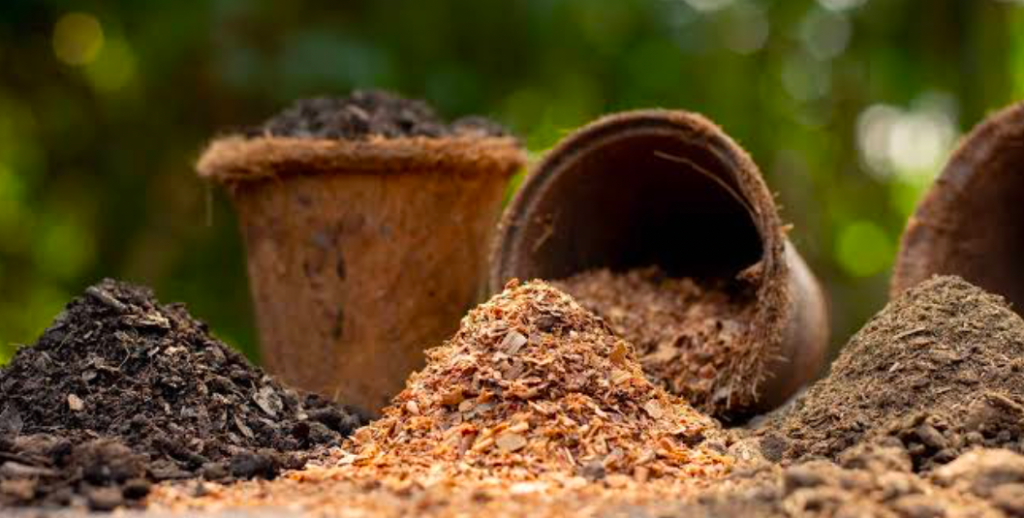
Organic fertilizers contain materials that perform individual functions. Check out these common organic fertilizer ingredients and what they do.
- Manure (Compost): Some composted manure benefits include better water retention, improved soil structure, nutrient stability, and reduced growth of weed seeds.
- Blood Meal: It’s a by-product of animal matter that infuses your soil with iron.
- Bone Meal: You’ll get phosphorus from bone meal fertilizer.

- Fish Emulsion: Essential Nitrogen, phosphorus, and potassium (NPK), and micronutrients like calcium, chlorine, sodium, sulfur, and magnesium are fish emulsion nutrients.
You’ll understand these components better once you see the types of organic lawn fertilizers and where each one fits, up next.
Types of Organic Lawn Fertilizers and Their Uses
With these detailed insights into the different types of organic fertilizers, you’d be able to make an informed decision on the best source for your lawn. This review includes specific benefits and recommended applications.
Plant-Based Fertilizer
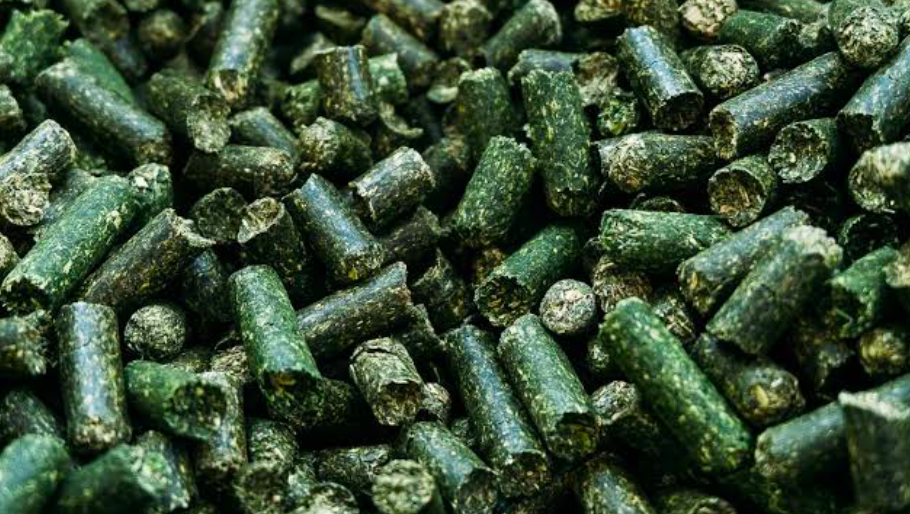
Choose plant-based lawn fertilizers to improve your soil’s structure and overall grass health. You can make them from natural plant materials.
Typical examples are Alfalfa meal, which stimulates microbial activities with nitrogen, and Kelp meal, which enhances growth through micronutrients.
Animal-Based Fertilizer

Use animal-based organic fertilizers to accelerate growth with different nutrient profiles working as a unit. You’ll get this fertilizer type from livestock and poultry, whether it’s their by-product or decaying material.
Common examples of animal-based fertilizers include fish emulsion and chicken manure for nitrogen infusion, blood meal for iron, and bone meal for calcium.
Despite their benefits, some gardeners avoid animal-based sources because of their odor and potential burn when overapplied.
Mineral-Based Fertilizer
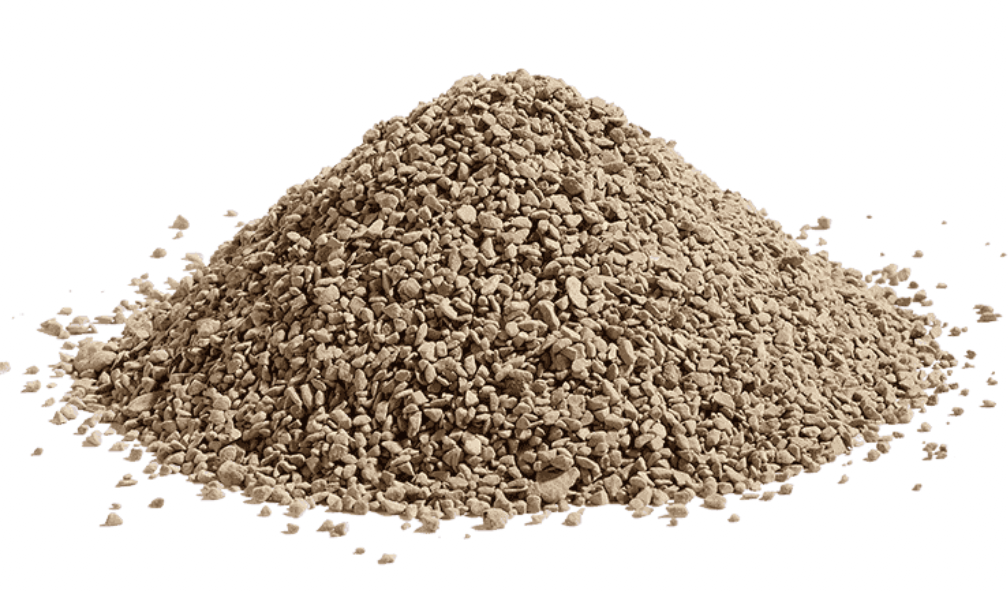
You’ll need mineral-based fertilizers to enrich your soil with essential mineral nutrients like phosphorus, calcium, and potassium.
You can get these mineral-based lawn nutrients from rock phosphate, which enhances soil fertility, and greenstone for healthy root development.
With this knowledge, you can tend to your lawn’s health with a balanced approach.
Nutrient Ratios: Understanding N-P-K for Lawn Health
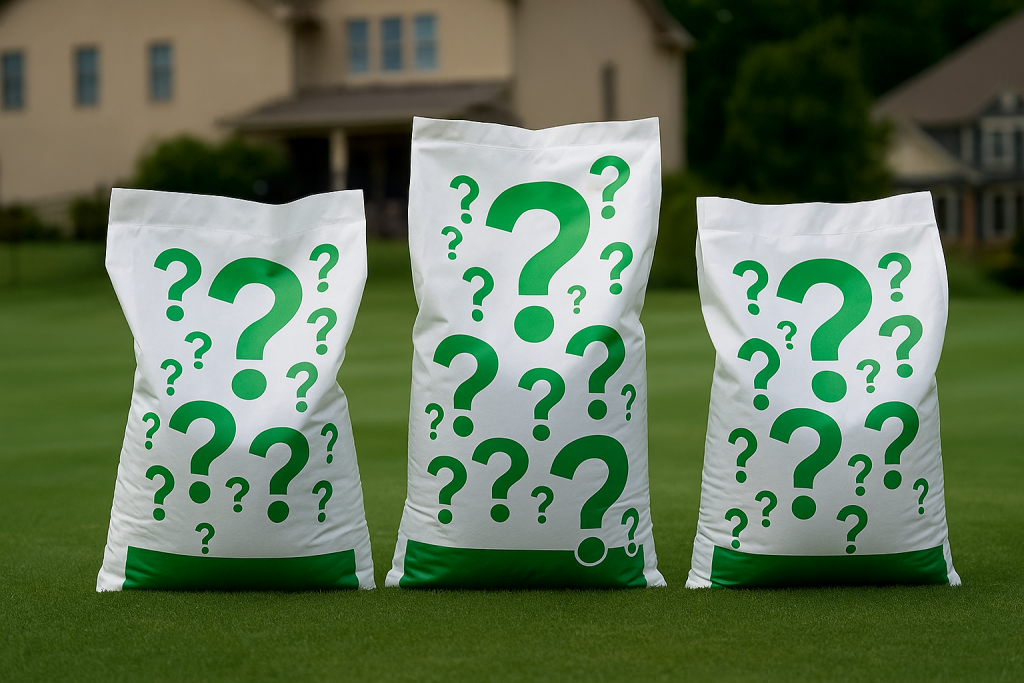
Let’s talk more about lawn nutrient balance and the famous NPK ratios. What does NPK mean? How can you balance NPK fertilizer ratios? Why is it important?
Each letter represents an essential lawn nutrient that plays a specific role in its growth.
| Nitrogen (N) | Lush, Green Growth |
| Phosphorus (P) | Root Development |
| Potassium (K) | Overall Plant Health and Resilience |
From this table, you know that a nitrogen lawn fertilizer helps in reviving dull grass and increasing its growth length. You’ll need a fertilizer rich in phosphorus for root growth, while a potassium-loaded fertilizer helps with resistance to disease and pests.
Author’s Note: Check out our post Understanding Fertilizer Labels For Lawns Made Easy for more details on decoding fertilizer packaging.
So, how do you know which nutrient is more in your fertilizer? That’s where the NPK ratio comes in. Using each letter as a representation of each nutrient, the highest concentration carries the highest number.
Let’s demonstrate:
A nitrogen-rich fertilizer would look like 50:30:20, such that the next highest concentration is phosphorus, while potassium is the least. So, for an even distribution, you’d need equal nutrient ratios like 20:20:20.
Observe your lawn and test the soil to know which nutrient is lacking, then feed it accordingly.
Seasonal Timing: When to Apply Organic Lawn Fertilizers
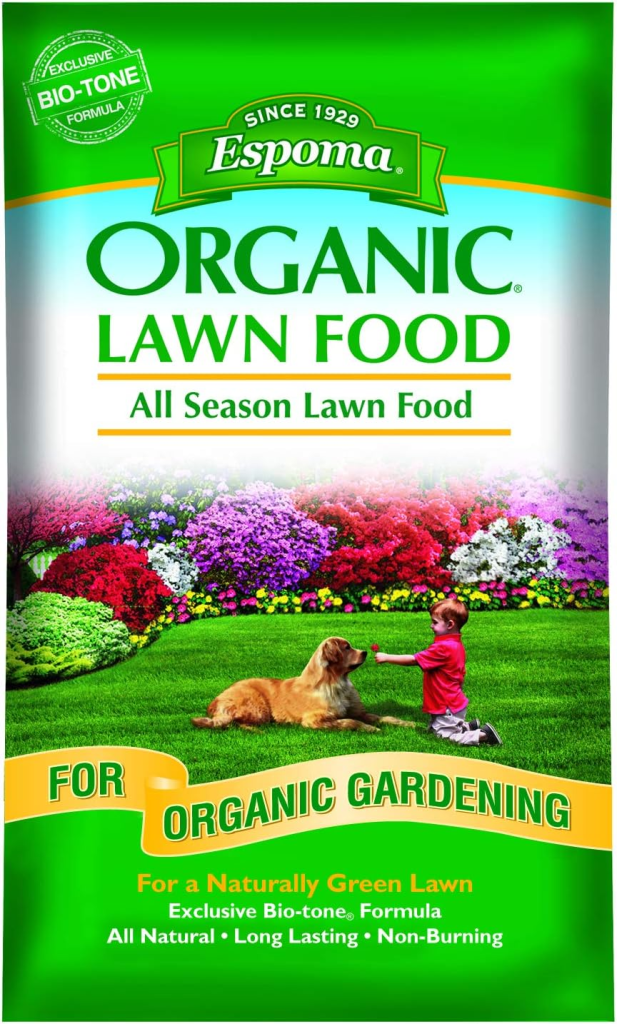
Found On Amazon
Once you understand ratios and sources, the next challenge is mastering lawn fertilization timing. It’s one of the basics of seasonal lawn care tips that maximizes your effort.
How do you know the best season for fertilizing your lawn, the quantity, and the appropriate ratio distribution?
Everything matters from your soil type to your climate, local weather, grass type, and seasonal cycle. So, use this fertilizer application schedule as a starting point and tailor it to your lawn’s needs.
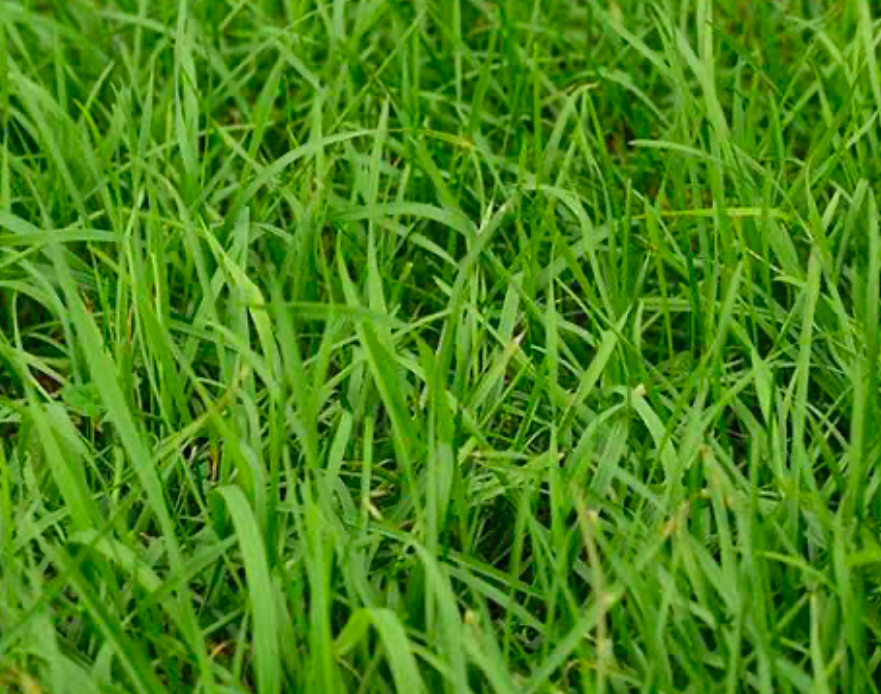
Seasonal Cycle
Fertilize your lawn in the early spring when your grass wakes up from a frosty winter for prime results. If you missed spring, you can wait until fall to store nutrients and prepare your lawn for another cold winter.
Grass Type
Note the difference between warm-season grasses like Zoysia and Bermuda, which thrive in the summer, and cool-season grasses like Ryegrass and Kentucky bluegrass, which thrive in the winter.
So, fertilize summer grasses in the spring and winter grasses in the fall.
Application Methods for Maximum Effectiveness
Once you’ve decided on an application schedule and organic source, you’d have to choose one of many fertilizer application techniques. Here are three common ones.
Broadcasting

Found On Amazon
Using the broadcasting technique is the best for even fertilizer spreading. You can either use a manual or mechanical spreader, then walk across your lawn in a back-and-forth motion until you cover the entire area.
Top-Dressing
Although it’s mostly for chemical fertilizers, you can also use this technique for applying organic products. Top-dressing lawns is when you apply fertilizers twice to four times before or after a flowering plant blooms. So, use it only for floral gardens.
Liquid Application
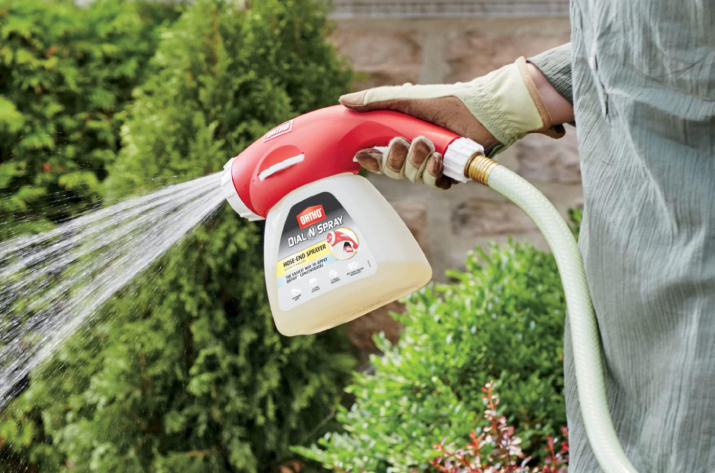
Found On Amazon
There are several ways of applying liquid lawn fertilizers, including:
- Fertigation: Application through an irrigation system
- Soil drenching: Soaking your soil in a liquid fertilizer solution mixed with water to reduce the concentration level, then applying it at the base of your grass.
- Foliage Spraying: Using a spray bottle to spray the fertilizer directly onto your lawn.
Enhancing Fertilizer Results with Complementary Lawn Care Practices

Your organic fertilizer knowledge and application are only part of the process, as you’ll need to combine it with other practices for holistic lawn management. These practices draw on organic cycles like aeration, dethatching, and watering to bring natural results.
Aeration
Aeration is the process of perforating your soil to allow better absorption of air, water, and essential nutrients. The very essence of this practice makes up the lawn aeration benefits.
Author’s Note: Check out our post on Improving Lawn Health with Aeration for a complete guide to a vibrant and thriving yard.
Dethatching
Dethatching lawn care involves removing layers of organic material that accumulate on your lawn. It promotes better growth without the thatch blocking nutrient absorption.
Watering
Watering is the final glue that binds your fertilization process and allows the components to work their magic.
Watering a lawn effectively starts by having a consistent schedule, ensuring a deep soak for better retention during dry spells, and using a good irrigation system to prevent waterlogging.
Potential Challenges of Organic Fertilizers and Solutions

Remember how, at the beginning of this overview, I mentioned that some gardeners use the fear of organic fertilizer drawbacks as an excuse not to use them. Well, let’s discuss these drawbacks and how to manage them.
Nutrient Release Timing
The slow release of lawn nutrients from organic fertilizers may discourage you because you won’t see immediate results.
Don’t give in to impatience. Think about how much better your overall lawn health would be if you stay the course and wait to reap the benefits.
Cost Comparison with Synthetic Fertilizers
Another major challenge is managing fertilizer costs. Because most packaged organic fertilizers come at a higher price than synthetic options, you may think it’s not the best option. But ask yourself this:
Wouldn’t it be smarter to buy one good organic fertilizer that will have a year-long effect than three to four synthetic fertilizers that give quick boosts but ruin your lawn’s health long-term?
Also, you can use cost-effective organic fertilizers like composted manure made from homemade products instead of packaged organic fertilizers. Some of these are:
| Compost | Mix dried leaf or shredded paper with food scraps like banana peels or grass clippings and water in a bag. Leave it for 7 – 10 days until it becomes compost. |
| Compost Tea | Steep compost in water to turn it into liquid fertilizer |
| Kitchen Scraps | Mix crushed eggshells with vinegar for calcium and add coffee grounds. |
| Water | Use aquarium waste water as fish emulsion. |
Top Brands and Products of Organic Lawn Fertilizers
If you want a manufactured product, ensure you only get the best organic fertilizer brands recommended by eco-conscious gardeners worldwide, such as Espoma and Milorganite.
Always check their certifications, ratios, customer reviews, and components before buying.
Here’s a highlight of these top natural lawn products, including their features, effectiveness, and user experiences.
Espoma

Found On Amazon
Espoma lawn fertilizer provides a wide range of seasonal feeders, including the All Season Lawn Food, Spring Lawn Booster, Summer Revitalizer, Fall Winterizer, and more.
Its bestseller has a 15:0:5 ratio that’s high in Nitrogen and a little Potassium but no Phosphorus. So, it’s best for building resilience and overall lush, vibrant green grass.
The Espoma products are praised for enabling even growth, zero leaching, and zero burns.
Milorganite
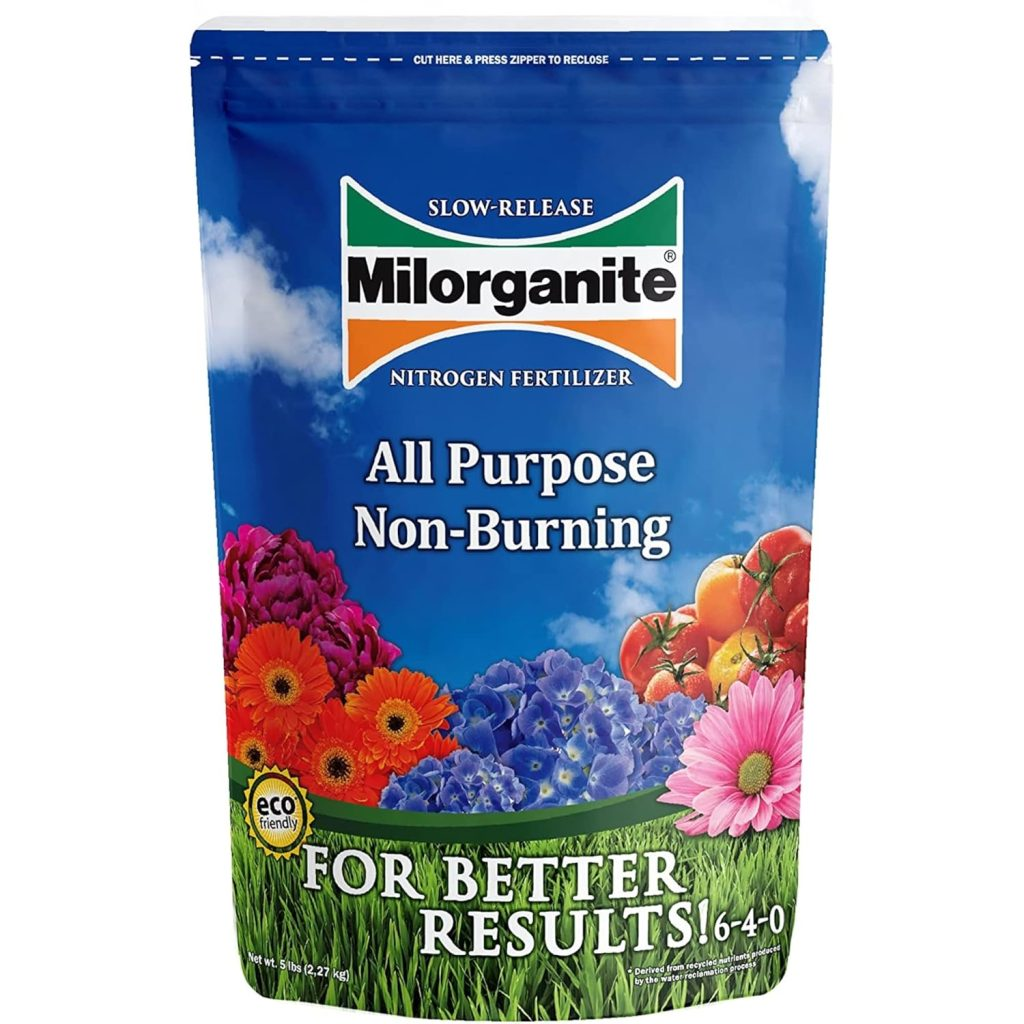
In this Milorganite fertilizer review, you’ll see the product range, what it does, and how users feel about the bestsellers.
Milorganite 6:4:0 fertilizer covers up to 2500 sq. ft. and comes in granular pellets. It’s high in Nitrogen, followed by Phosphorus, but no Potassium. So, this product works for lush, green lawns and deeper roots, but won’t build resilience.
Users choose Milorganite for its non-burn feature, all-purpose function, and because it leaves no iron stain on hardscapes.
Conclusion: Grow a Vibrant Lawn Naturally
To wrap up this eco-friendly grass care review, let’s highlight its long-term benefits and common sources.
Make natural fertilizers from everyday home materials, measure an accurate ratio, apply adequately, use complementary care practices, and side-step drawbacks for organic lawn success.
Understanding these sustainable gardening benefits helps you focus on the result instead of the slow process. It also ensures you choose the right mix for your grass’s specific needs, whether it’s natural lawn growth, vibrancy, or deeper roots.

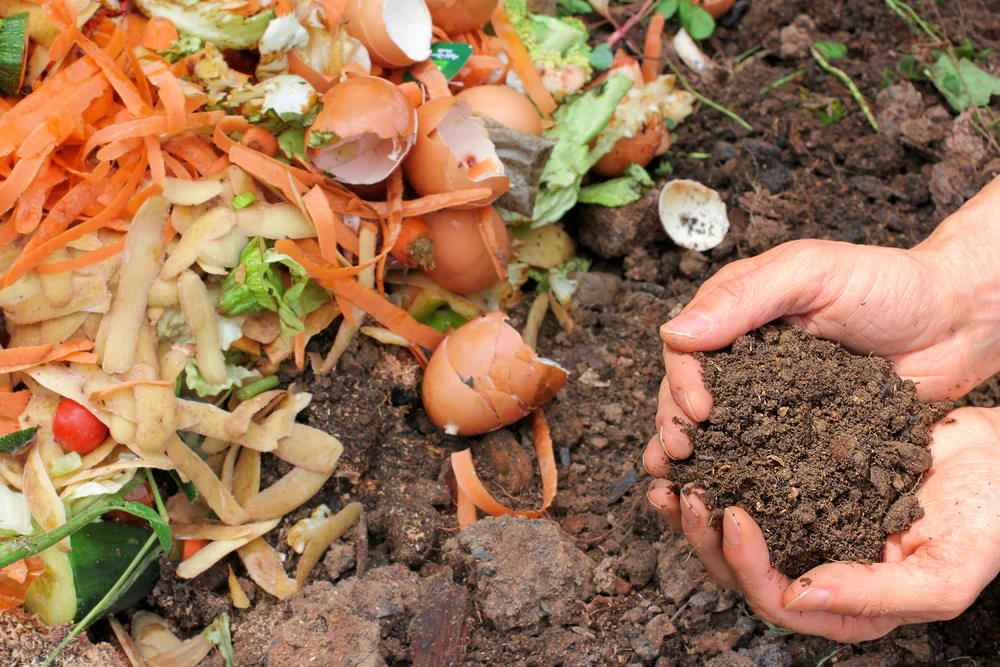

1 thought on “Best Organic Lawn Fertilizers for Lush, Healthy Grass: Natural Solutions for a Greener Lawn”